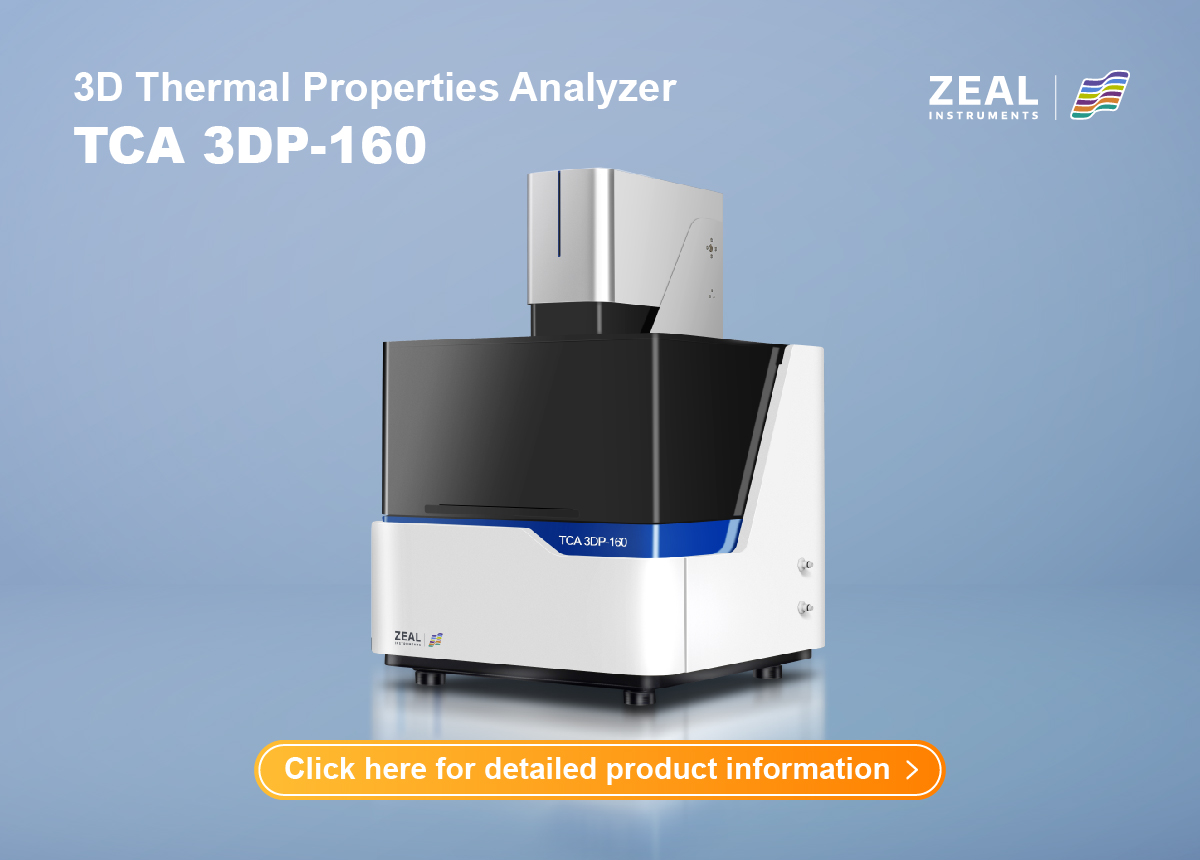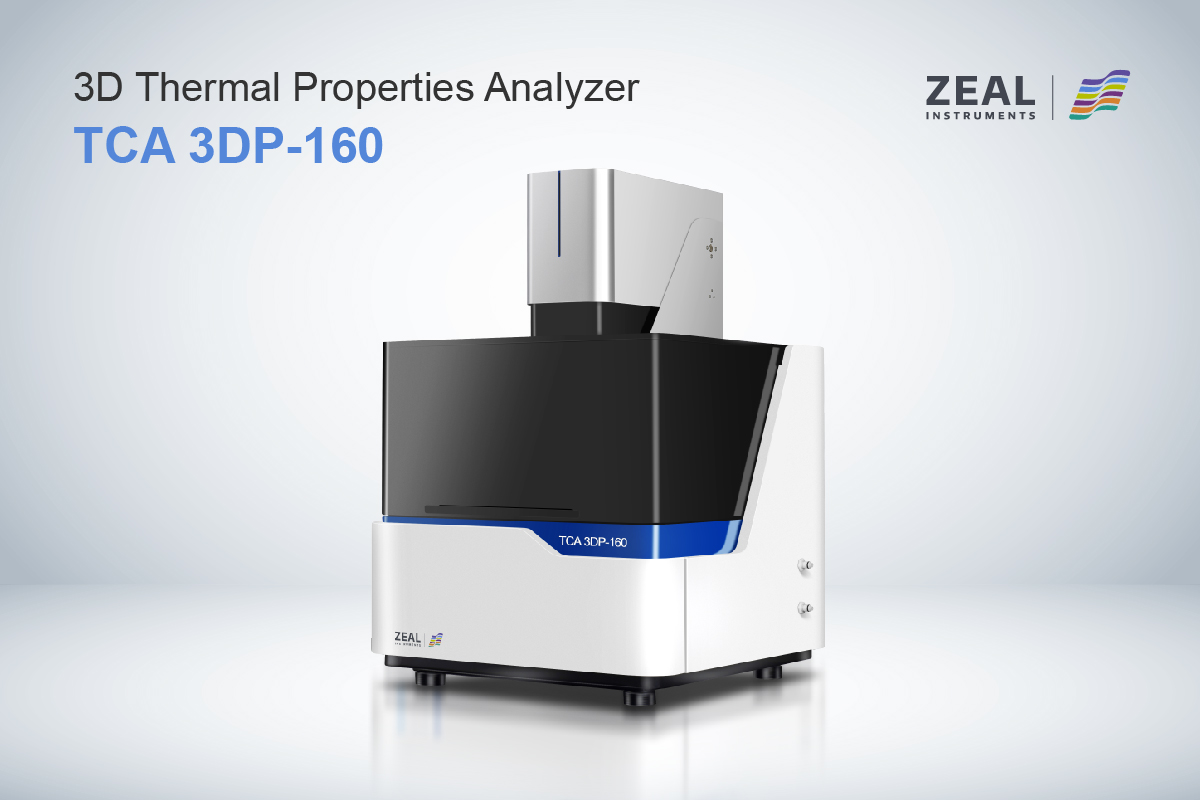Cell Thermal Conductivity Test Devices: A Comprehensive Guide
If you’re interested in battery technology, you may have heard of cell thermal conductivity test devices. These devices are used to test the thermal properties of lithium-ion batteries, which are commonly used in electric vehicles, smartphones, and other portable electronics. By measuring the thermal conductivity of a battery cell, researchers can better understand how heat is generated and dissipated within the cell, which can help them design safer and more efficient batteries.
Cell thermal conductivity test devices are becoming increasingly important as the demand for high-performance lithium-ion batteries continues to grow. As batteries become more powerful and smaller, they generate more heat, which can lead to safety issues if not properly managed. By testing the thermal properties of battery cells, researchers can identify potential issues early on and develop solutions to prevent them. This can help improve the safety and performance of lithium-ion batteries, making them more suitable for a wider range of applications.
Fundamentals of Thermal Conductivity
Thermal Properties of Cells
Thermal conductivity is the ability of a material to conduct heat. When it comes to cells, thermal conductivity is an important property to consider, as it can impact the performance and safety of devices that rely on them. Understanding the thermal properties of cells, including their thermal conductivity, is essential for designing and testing thermal management systems.
Cells have a range of thermal properties, including thermal conductivity, specific heat capacity, and thermal diffusivity. These properties can vary depending on the type of cell, its structure, and the materials used in its construction. For example, lithium-ion cells typically have higher thermal conductivity than lead-acid cells, which can make them better suited for high-power applications.
Measurement Principles
Measuring the thermal conductivity of cells requires specialized equipment and techniques. One common method is the transient plane source (TPS) technique, which involves placing a small, heated sensor on the surface of the cell and measuring the temperature response over time. This technique can provide accurate measurements of the thermal conductivity of cells, as well as their specific heat capacity and thermal diffusivity.
Another method is the steady-state heat flow technique, which involves measuring the temperature difference across a cell under a constant heat flow. This technique can be used to determine the thermal conductivity of cells, as well as their interfacial thermal conductance.
Overall, understanding the thermal properties of cells is essential for designing and testing thermal management systems. By measuring the thermal conductivity of cells and other thermal properties, researchers and engineers can develop more efficient and effective thermal management solutions for a wide range of applications.
Device Design and Fabrication
Materials and Components
To design a Cell Thermal Conductivity Test Device, you will need to gather a few essential materials and components. The following are the materials and components you will need:
- A thermocouple to measure temperature
- A power source to provide heat
- A sample holder to hold the test sample
- A heating element to provide heat to the sample
- A cooling element to regulate the temperature
- A data acquisition system to record data
- A temperature controller to regulate the temperature
Device Assembly Process
To assemble the Cell Thermal Conductivity Test Device, you will need to follow these steps:
-
First, attach the thermocouple to the sample holder. This will allow you to measure the temperature of the sample during the test.
-
Next, attach the heating element to the sample holder. This will provide heat to the sample during the test.
-
Then, attach the cooling element to the sample holder. This will regulate the temperature of the sample during the test.
-
Connect the power source to the heating element. This will provide power to the heating element.
-
Connect the data acquisition system to the thermocouple. This will allow you to record temperature data during the test.
-
Finally, connect the temperature controller to the heating and cooling elements. This will allow you to regulate the temperature during the test.
By following these steps, you can assemble a Cell Thermal Conductivity Test Device that is capable of accurately measuring the thermal conductivity of a sample.
Testing Procedures
When conducting a thermal conductivity test, there are two primary procedures to follow: sample preparation and controlled environment testing.
Sample Preparation
To begin the testing process, you must first prepare the sample. This involves cutting the sample to the appropriate size and shape, and ensuring that the surface is smooth and free of any imperfections that could affect the test results. It is important to note that the sample must be representative of the material being tested, and that care must be taken to avoid any damage or alteration to the sample during preparation.
Controlled Environment Testing
Once the sample has been prepared, it is time to conduct the controlled environment testing. This involves placing the sample in a controlled environment, typically a chamber or oven, and subjecting it to a specific temperature gradient. The temperature gradient is created by applying heat to one side of the sample and measuring the resulting temperature change on the other side. This allows for the calculation of the thermal conductivity of the sample.
It is important to ensure that the testing environment remains stable throughout the duration of the test, and that the temperature gradient is maintained at a consistent level. Any fluctuations in the environment or the temperature gradient could result in inaccurate test results.
Overall, the testing procedures for cell thermal conductivity test devices are straightforward and require careful attention to detail. By following the proper procedures for sample preparation and controlled environment testing, you can ensure accurate and reliable test results.
Data Analysis and Interpretation
Thermal Conductivity Models
Cell Thermal Conductivity Test Devices generate a wealth of data that requires analysis and interpretation. The data generated from these devices can be used to develop thermal conductivity models for the cells being tested. These models can be used to predict the thermal behavior of the cells under different operating conditions.
Thermal conductivity models can be developed using various techniques such as finite element analysis, lumped parameter models, and analytical models. Finite element analysis is a numerical technique that uses a mesh to discretize the cell and solve the heat transfer equation. Lumped parameter models use a simplified representation of the cell and are based on the assumption that the cell can be represented by a single node. Analytical models use mathematical equations to describe the thermal behavior of the cell.
Error Analysis
When analyzing the data generated by Cell Thermal Conductivity Test Devices, it is important to consider the errors associated with the measurements. Errors can arise due to various factors such as sensor placement, calibration, and noise.
Sensor placement is a critical factor that can affect the accuracy of the measurements. The sensor should be placed in a location that is representative of the cell being tested. Calibration of the sensor is also important to ensure accurate measurements. Noise in the data can be reduced by using appropriate signal processing techniques such as filtering and averaging.
In addition to these factors, it is also important to consider the uncertainty associated with the thermal conductivity measurements. The uncertainty can be estimated using statistical methods such as Monte Carlo simulations. The uncertainty estimates can be used to determine the confidence level associated with the thermal conductivity measurements.
In summary, data analysis and interpretation are critical steps in the process of using Cell Thermal Conductivity Test Devices to enhance battery safety and performance. Thermal conductivity models can be developed using various techniques, and error analysis is important to ensure accurate measurements.
Applications and Impact
Cell Thermal Conductivity Test Devices have a wide range of applications in both research and development and industrial settings.
Research and Development
In research and development, Cell Thermal Conductivity Test Devices are used to study the thermal properties of materials and components. This information is critical in the development of new materials and technologies, particularly in the field of batteries. By accurately measuring the thermal conductivity of battery components, researchers can identify areas for improvement and develop new materials that are more efficient and safer.
Industrial Applications
In industrial settings, Cell Thermal Conductivity Test Devices are used to ensure the safety and reliability of batteries. By measuring the thermal conductivity of battery components, manufacturers can identify potential issues before they become major problems. This information is critical in the development of new battery technologies and the improvement of existing ones.
Cell Thermal Conductivity Test Devices are also used in the production of batteries. By measuring the thermal conductivity of battery components during the manufacturing process, manufacturers can ensure that each battery is of the highest quality and meets all safety standards.
Overall, Cell Thermal Conductivity Test Devices have had a significant impact on the development and production of batteries. By providing accurate and reliable measurements of thermal conductivity, these devices have helped to improve the safety and efficiency of batteries, making them a critical tool in the field of energy storage.




































